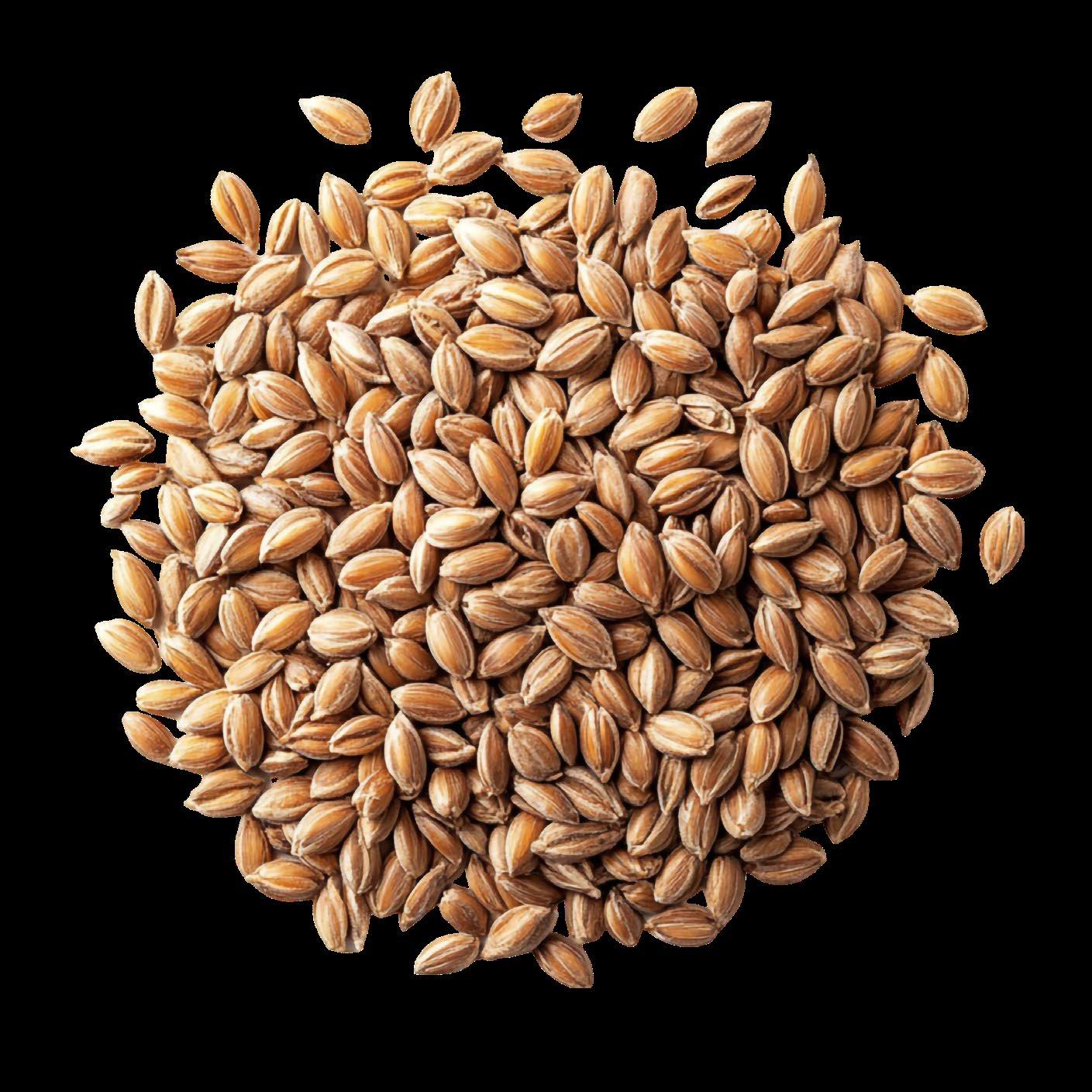
SOUTH AFRICA’S PLANT BREEDERS’ RIGHTS
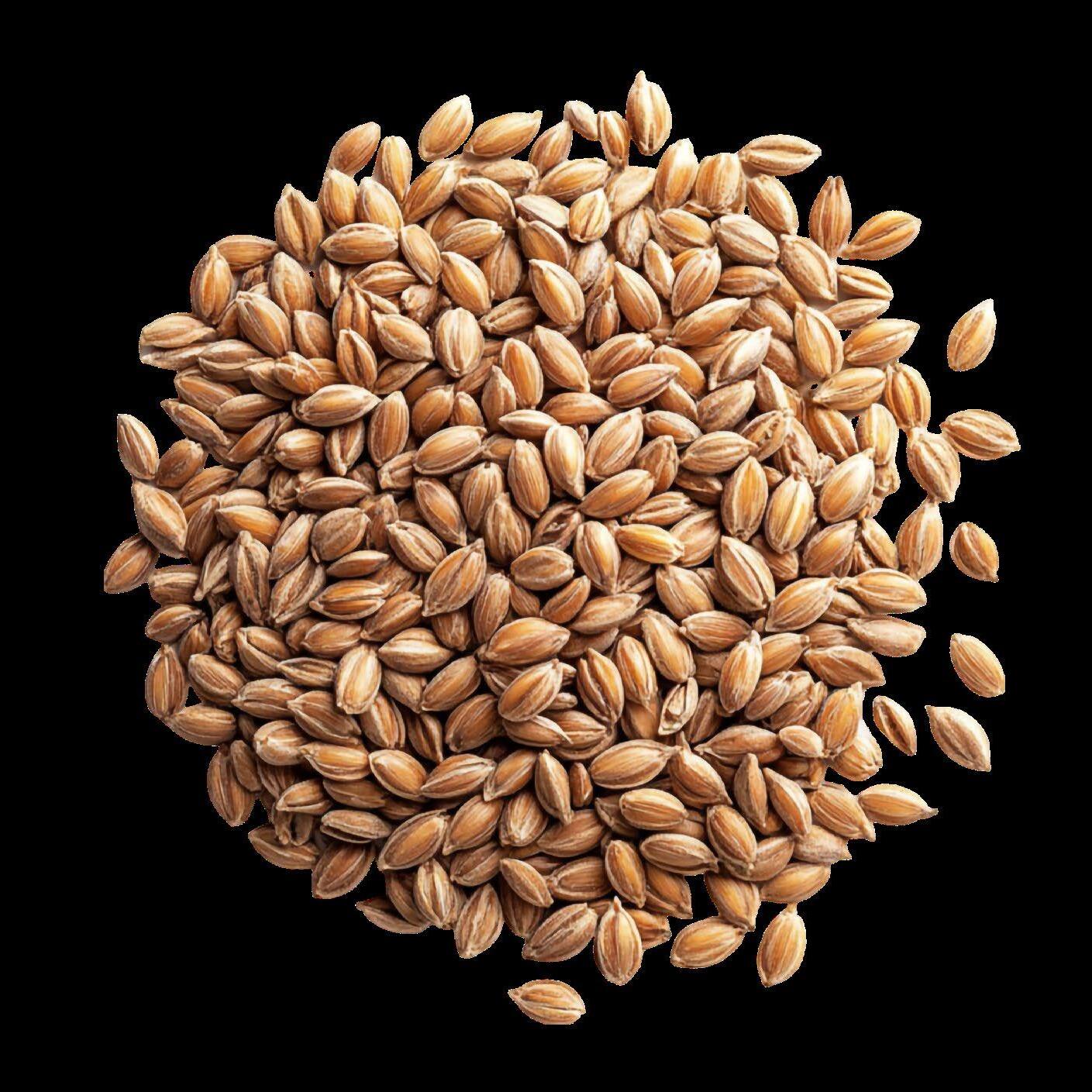
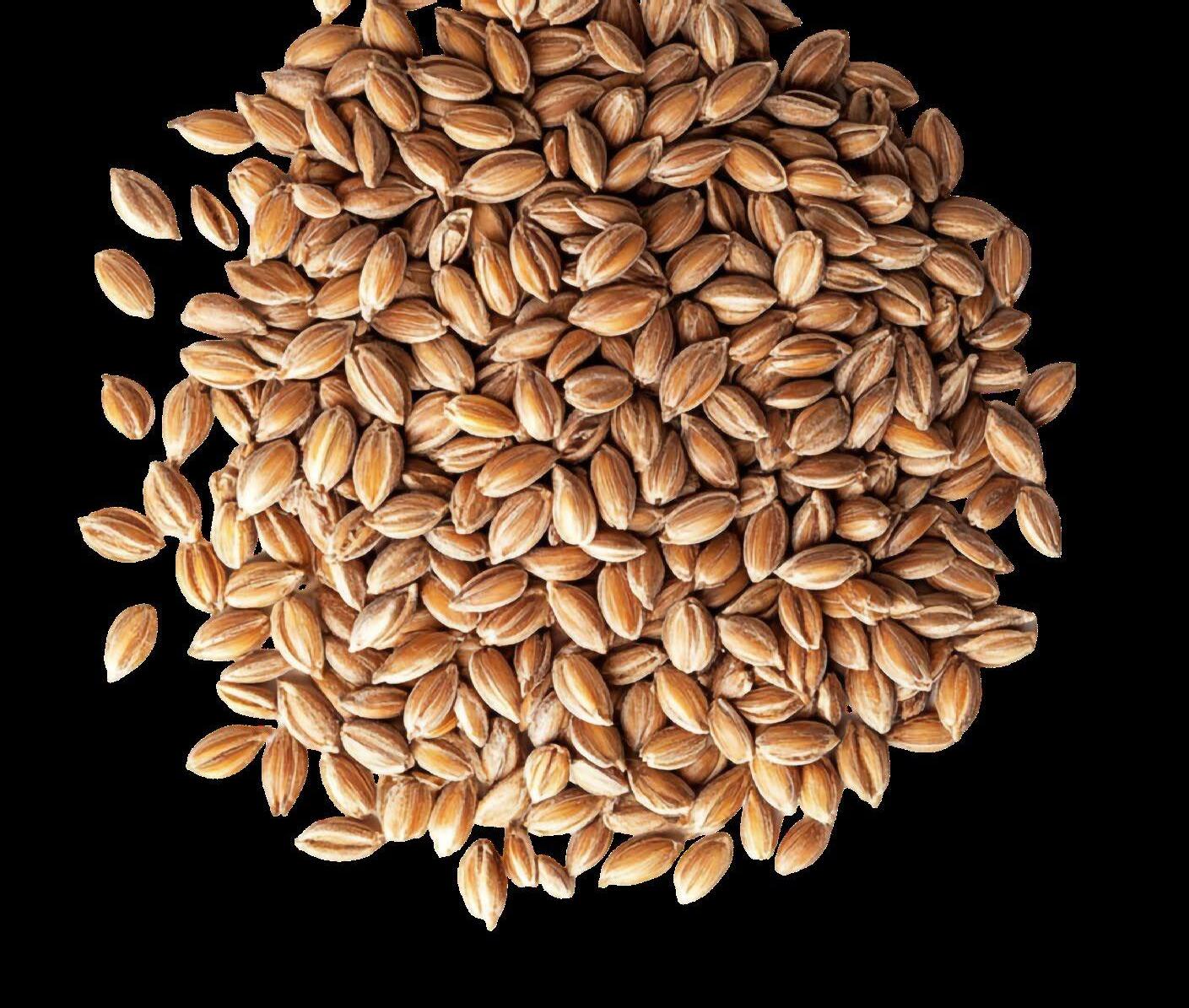
LAWS UNDERMINE FARMERS’ RIGHTS TO SEED AND LOCK OUT FARMER-MANAGED SEED SYSTEMS


AUGUST 2025
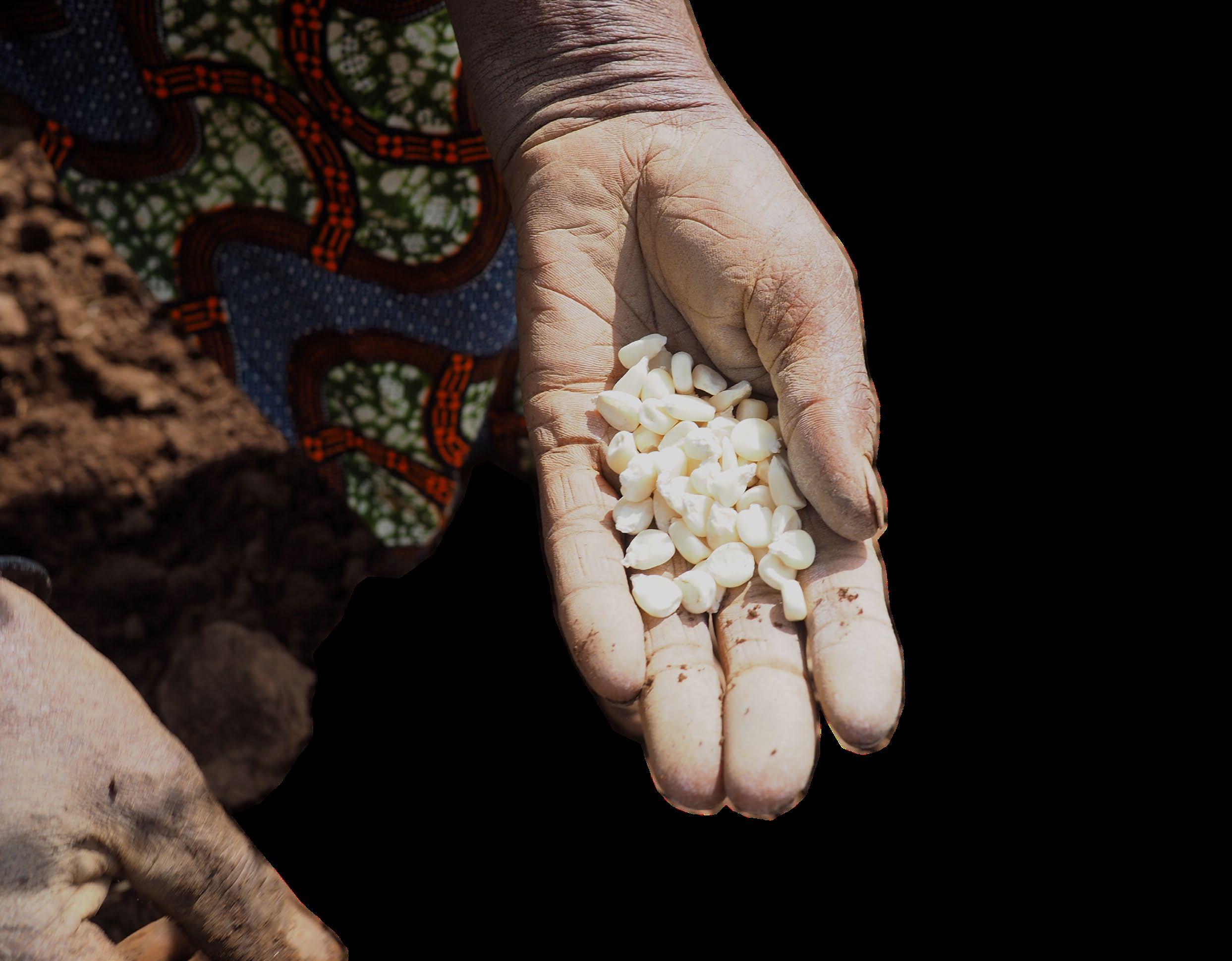
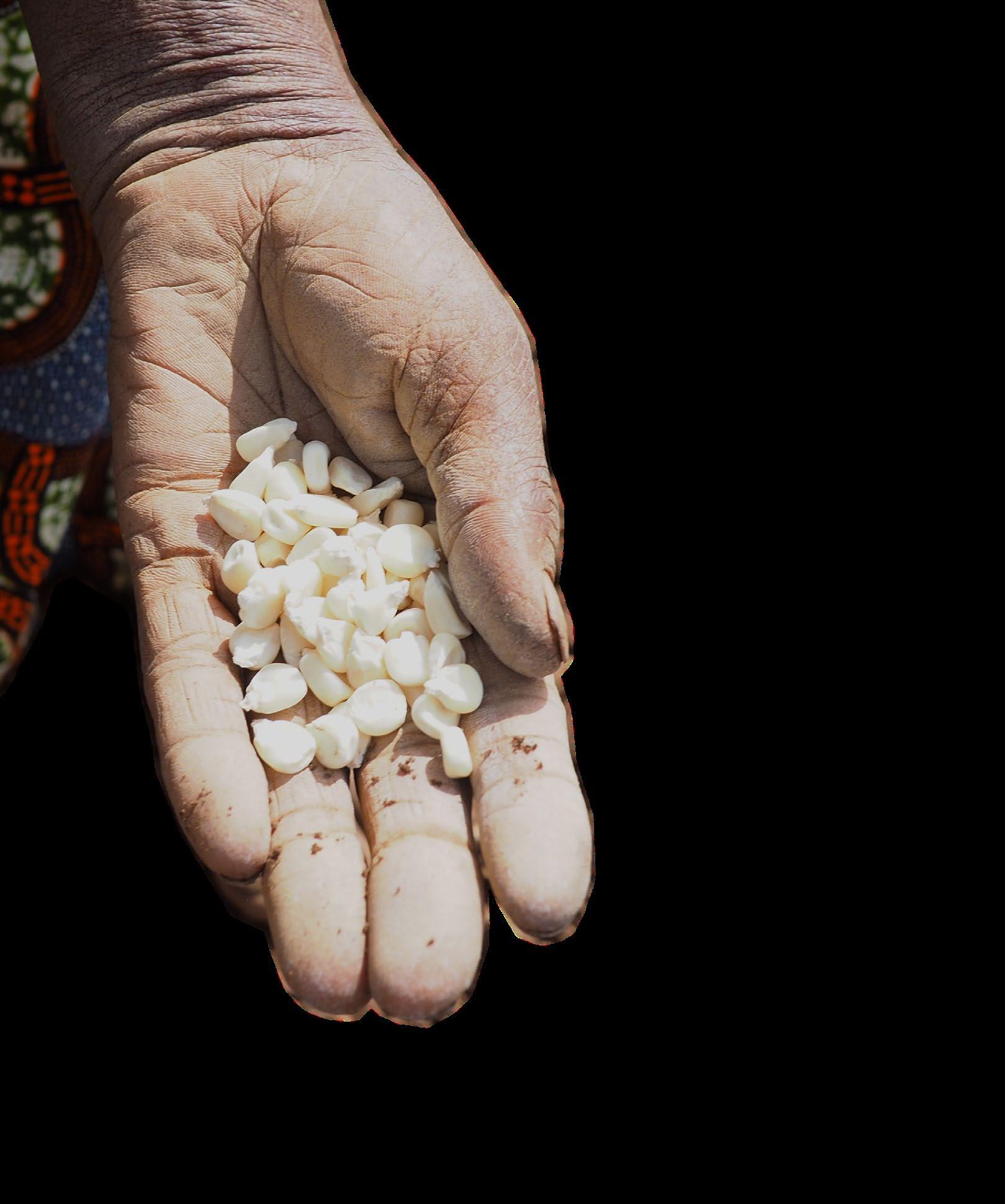
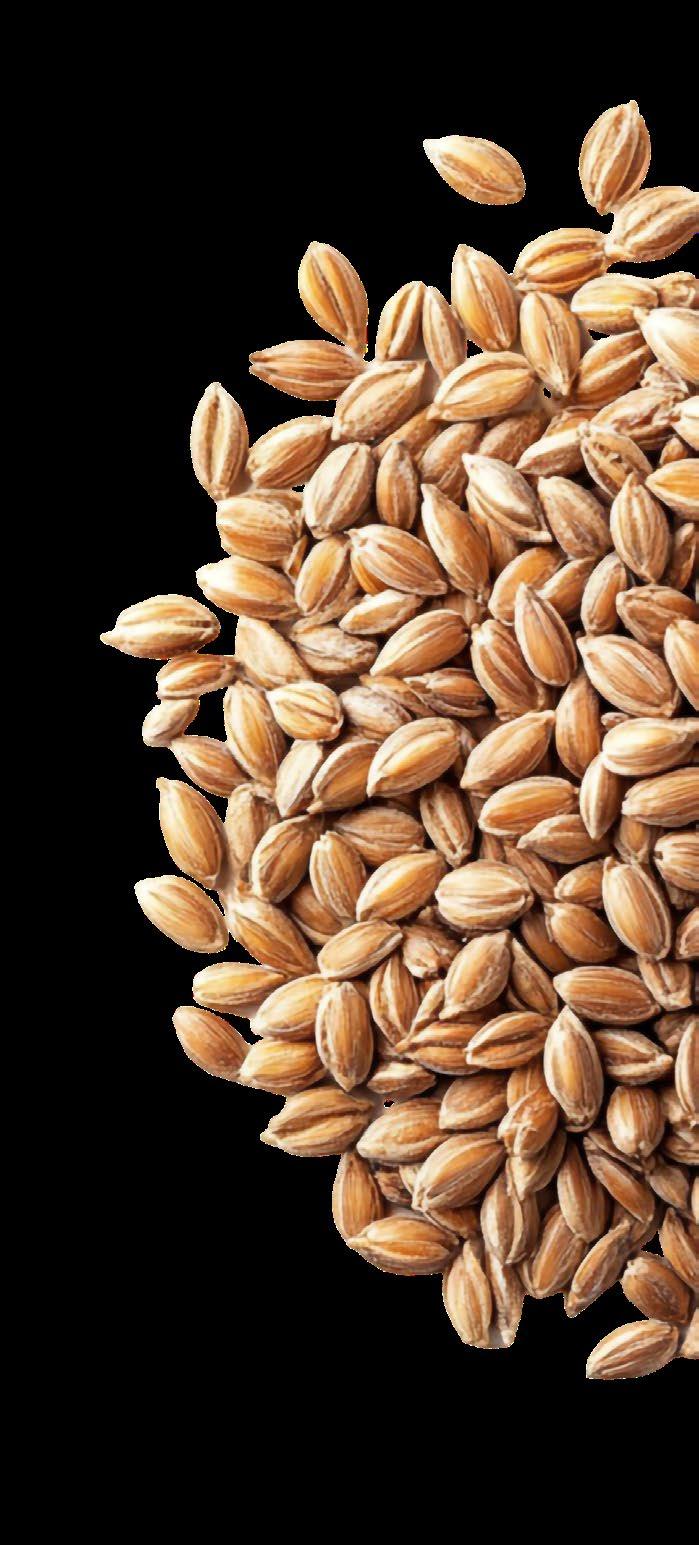




The African Centre for Biodiversity (ACB) is committed to dismantling inequalities and resisting corporate industrial expansion in Africa’s food and agriculture systems.
© The African Centre for Biodiversity www.acbio.org.za
PO Box 29170, Melville 2109 Johannesburg, South Africa
Tel: +27 (0)11 486 1156

Researched and written by ACB director Mariam Mayet Design and layout: Vicky-Lee Vermeulen, Align Creative
Acknowledgments
The ACB gratefully acknowledges the financial support of several donors, though the views expressed may not necessarily reflect the views of our donors.


This briefing builds on our previous briefing paper, titled South Africa’s new Plant Breeders’ Rights Act1 and its effect on farmers’ rights and farmer-managed seed systems (FMSS), published in April 2019. In this briefing, we deal mainly with the Regulations made in terms of the Plant Breeders’ Rights Act, No. 6302,2 on 13 June 2025, and particularly the exemptions to breeders’ rights.
The Plant Breeders’ Rights (PBR) Act of 2018 has been hugely influenced by the 1991 International Convention for the Protection of New Varieties of Plants (UPOV), notwithstanding that South Africa (SA) is a party to the 1978 version. Crafted mainly by European breeders, UPOV was adopted in Paris in late 1961, and revised several times: in 1972, 1978, and 1991. UPOV 1991 is applied as a one-size-fits-all legal plant variety protection (PVP) regime for new varieties of plants and fails to consider the specific seed and agricultural systems in different countries. It expressly does not recognise farmers’ rights for the reuse and exchange of farm-saved protected seed or vegetatively propagated material.
The ACB with other civil society organisations (CSOs) have been engaging directly with the South African national government and various provincial governments regarding the PBR Bill and 2018 Act, as well as the draft Regulations, over several years, submitting extensive and comprehensive comments. This work has principally been undertaken through the lens of understanding the impact on the realisation of farmers’ rights to seed and FMSS. Our views have not changed over time; the PBR Act is part of the architecture that entrenches and deepens historically unequal seed, agricultural, and food systems in SA. We specifically called for specific exemptions in the PBR Bill for smallholder farmers and their farming systems.

1 https://acbio.org.za/wp-content/uploads/2022/04/South-Africas-new-Plant-Breeders-Rights-Act-and-its-effect-on-farmersrights-and-farmer-managed-seed-systems.pdf
2 https://www.gov.za/sites/default/files/gcis_document/202506/528506302.pdf
At the outset, it is important to understand what plant breeders’ rights are, what exceptions breeders’ rights entail, what a protected variety refers to, and what we mean when we talk about propagating material of a protected variety.
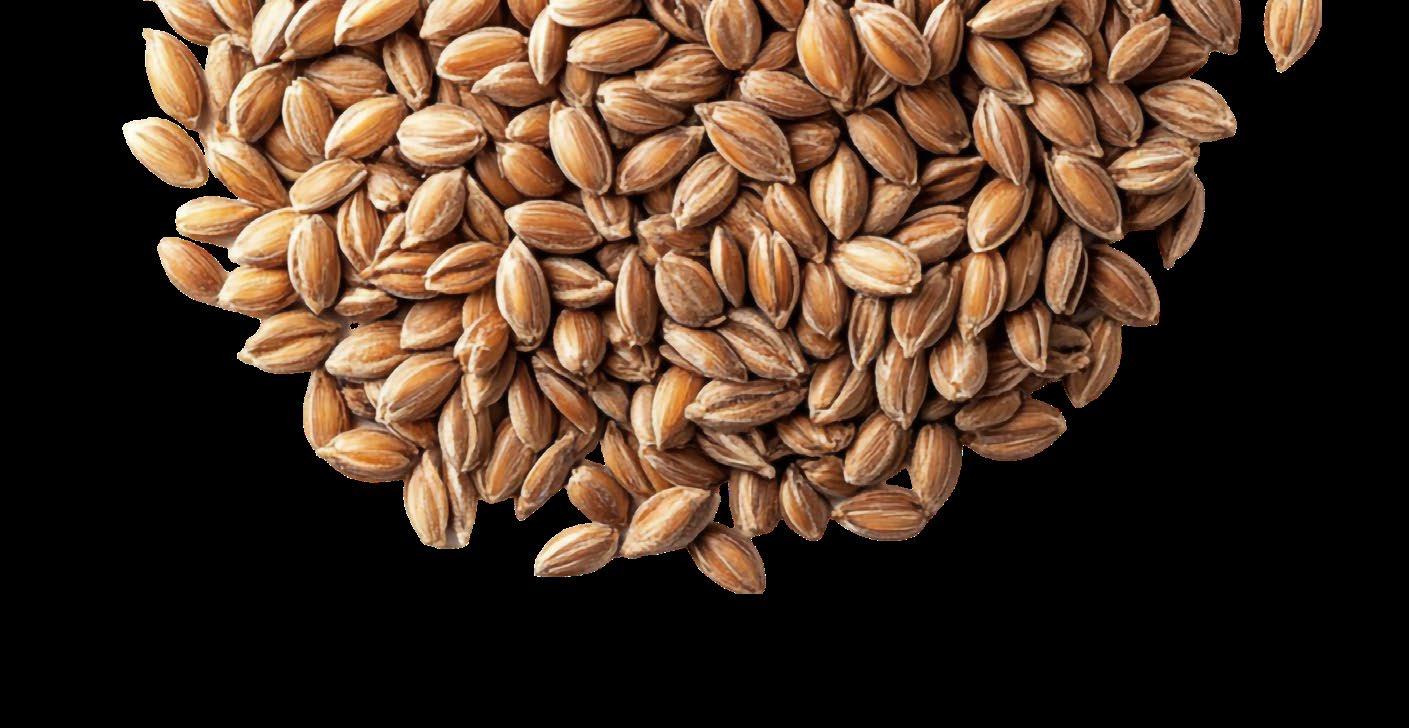
Plant breeders’ rights refer to monopoly, private ownership rights, usually granted by a national government agency, that can be licensed to other breeders in the private and public sectors against payment of royalties for use of the protected variety. A protected variety refers to a new plant variety that has been granted PVP. Exceptions to breeders’ rights refer to what a farmer or a plant breeder in the private and public sector may or may not do with propagating material of a protected variety. A protected variety refers to a new plant variety that has been granted plant breeders’ rights.
Propagating material of a protected variety refers to any plant material used to reproduce or multiply the protected variety. This includes seeds, cuttings, bulbs, or any other part of the plant that can be used to create new plants with the same characteristics as the protected variety. Essentially, it’s the material that allows the variety to be propagated and maintained.
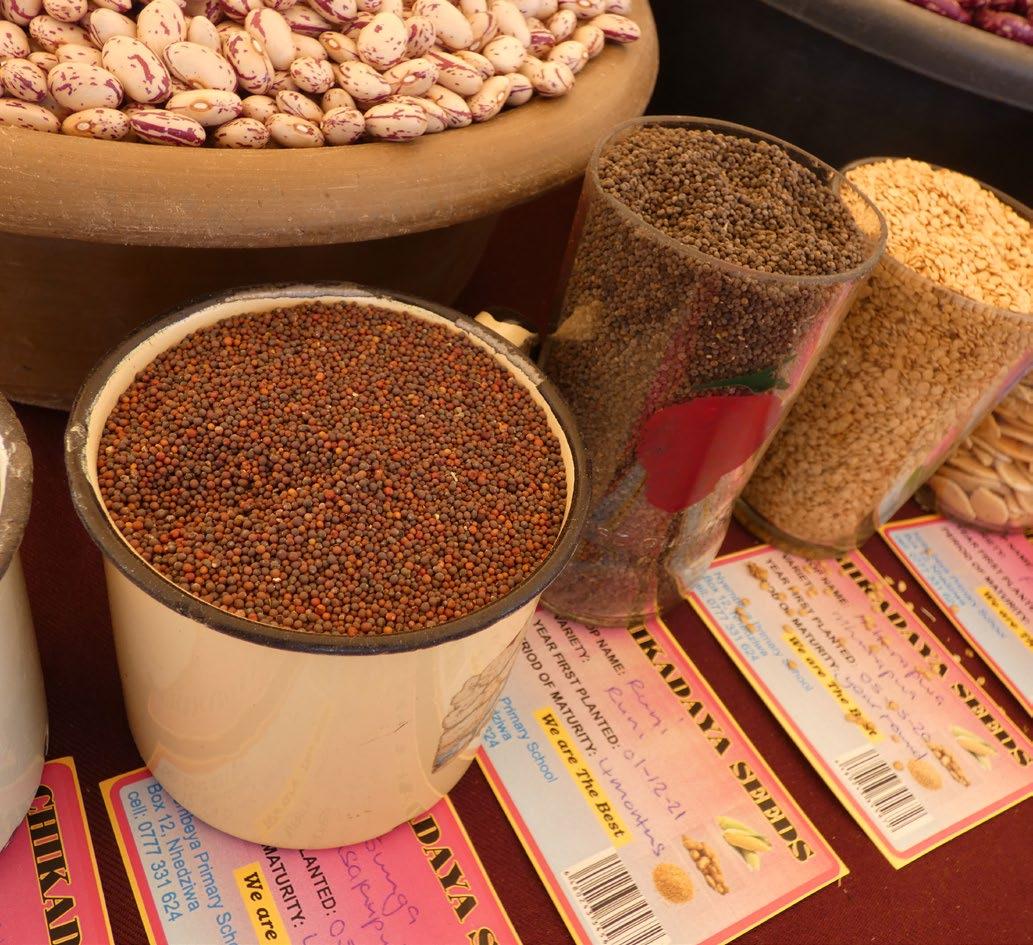
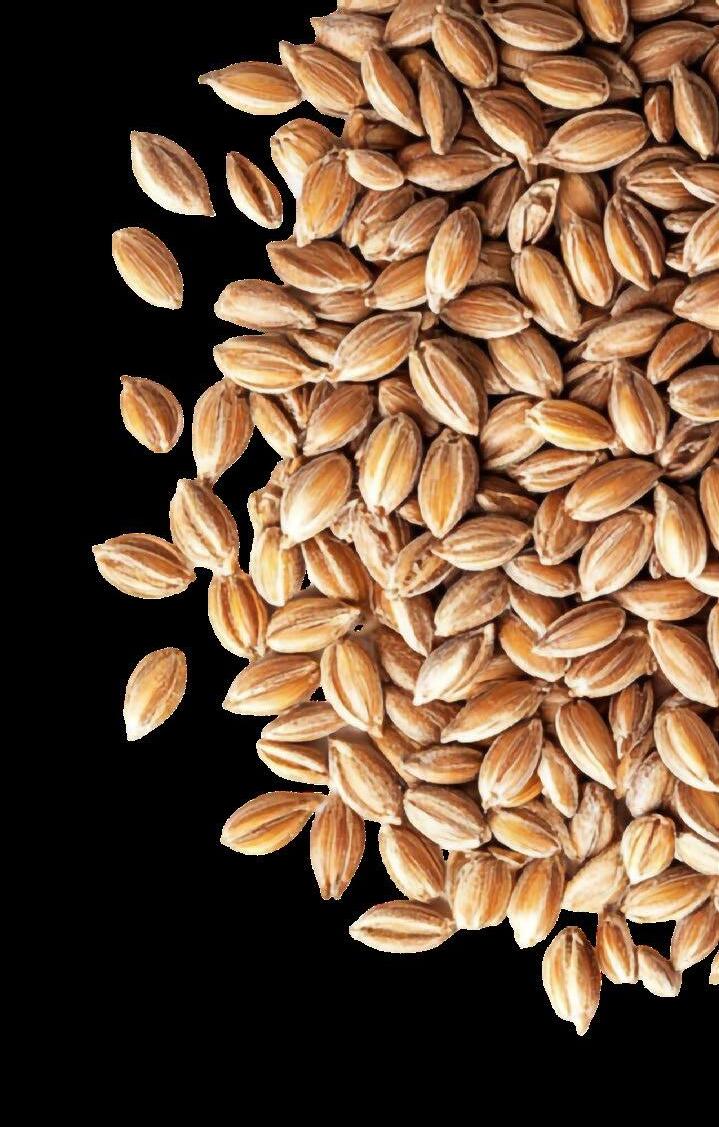


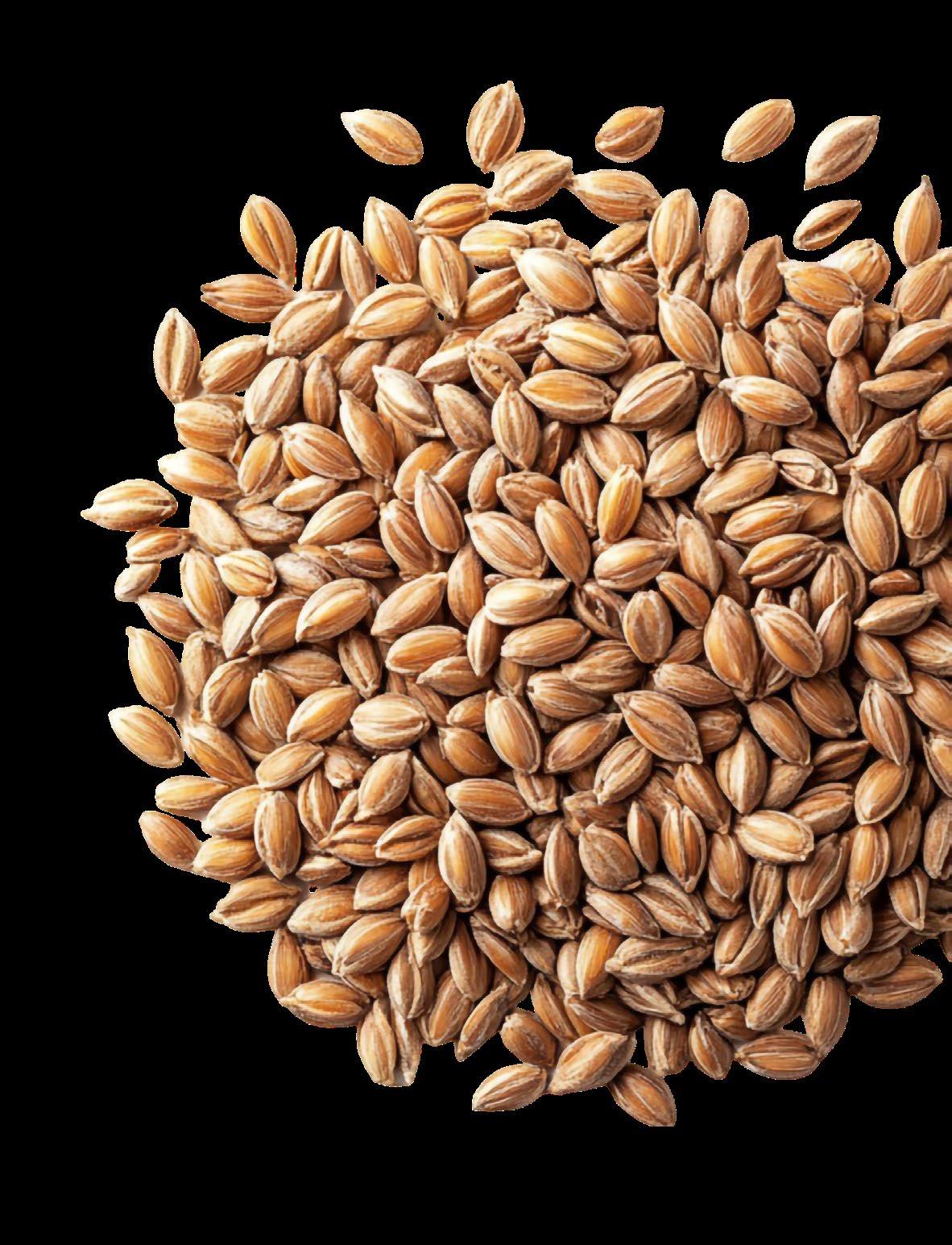


To contextualise the discussion on the exceptions to breeders’ rights in the Regulations made in terms of the PBR Act, Regulation 6302, it is important to recap what section 10 of the Act provides in terms of exceptions to breeders’ rights. Section 10 can be regarded as containing the enabling provisions.
The exceptions in the South African PBR Act are provided in Chapter 2, Section 10 of the Act, which provides as follows:
10. (1) Notwithstanding section 32(a), a plant breeder’s right in respect of a variety obtained in a legitimate manner does not extend to—
(a) any act done in respect of that variety for private and non-commercial purposes;
(b) any act done in respect of that variety for experimental purposes;
(c) any act done in respect of that variety for the purposes of breeding other varieties and, except where section 7(3) applies, any act contemplated in section 7(1) and section 7(2) in respect of such other varieties; or
(d) a farmer who uses the protected variety in accordance with subsection (2).
(2)(a) In respect of subsection 1(d), the Minister must prescribe—
(i) the category or categories of farmers who may use the protected variety;
(ii) the category or categories of plants that may be used;
(iii) the uses to which the protected variety may be put; and
(iv) where applicable— (aa) conditions for payment of royalties; and (bb) labelling requirements.
(b) When the Minister acts in terms of paragraph (a), the Minister must ensure that the legitimate interests of the breeder are safeguarded.
The exemptions contemplated in section 10 of the Act are not of a carte blanche nature but already expressly limit these exceptions to:
• categories of farmers who may use propagating material of protected varieties;
• the category or categories of plants that may be used; and
• the use to which it may be put.
It must be noted that Section 10 does not request the Minister to add restrictions to the category or categories of plants that may be used, to volumes that may be used for such category or categories of plants, as has been done in the draft Regulations. Such a limitation appears in our view to be ultra vires Section 10.
Taking the important exceptions in turn: Section 10(1)(a) provides for exceptions for private and non-commercial purposes. The ACB has, in its submissions to the government, argued that it is important that this exception is broadly defined in the regulations, to provide full exemption to smallholder farmers to exchange and trade in local markets, and to protect their seed systems that are intricately connected to smallholder production. The latter includes the sale of surplus farm-saved seed and harvest and products derived from such seed, and these should thereby be excluded from the scope of the breeders’ rights.
Section 10(1)(d), together with Section 10(2), says that farmers may be exempted from the law, based on the Minister indicating the categories of farmers, the category of plants, and the uses to which the variety may be put, while ensuring the legitimate interests of the breeder are safeguarded. Which category of farmers, which plants, which uses, and what will constitute the legitimate interest of the breeder in this context, have now all been provided for in the Regulations.

In the course of our work regarding the National Policy on Comprehensive Producer Development Support, we proposed that a similar definition of smallholders could be adopted for this Act as well, where all agricultural and seed enterprises with a turnover of R5 million or less are considered to fall within the exceptions contemplated in Section 10(2) and that such farmers be free to use and exchange farm-saved protected seed without having to pay royalties. We also argued that the regulations must also define the “legitimate interests of the breeder” and explain how this relates to those exempt from the Act, and on what basis.
Turning to the Regulations, dealing with exceptions to breeders’ rights, Regulation 5(2) pertains to the categories of farmers to whom the exception in section 10 of the Act applies, and in this regard, it provides for six categories of farmers: Household farmer (vulnerable), Household farmer (subsistence), Smallholder farmer, Medium Scale Commercial Farmer, Large Scale Commercial Farmer and MegaCorporate Farmer. Here, we deal mainly with the first three categories of farmers, representing the constituencies that the ACB is most familiar with as defined in Regulation 5 of the Regulations.
A Household Farmer (vulnerable) is defined in Regulation 5(2)(a) as “a farmer that produces primarily for household consumption and has limited resources and skills to operate a market-oriented production system. This category includes child headed households, and households producing in communal land and commonages that are registered as indigents or meet the criteria for registration as indigents with their municipality.”


A Household Farmer (subsistence) is defined in Regulation 5(2)(b) as “a farmer that produces primarily for household consumption. These farmers are not or would not be classified as indigents by their municipalities. They may market their limited surplus production with an annual turnover of less than R50 000.”
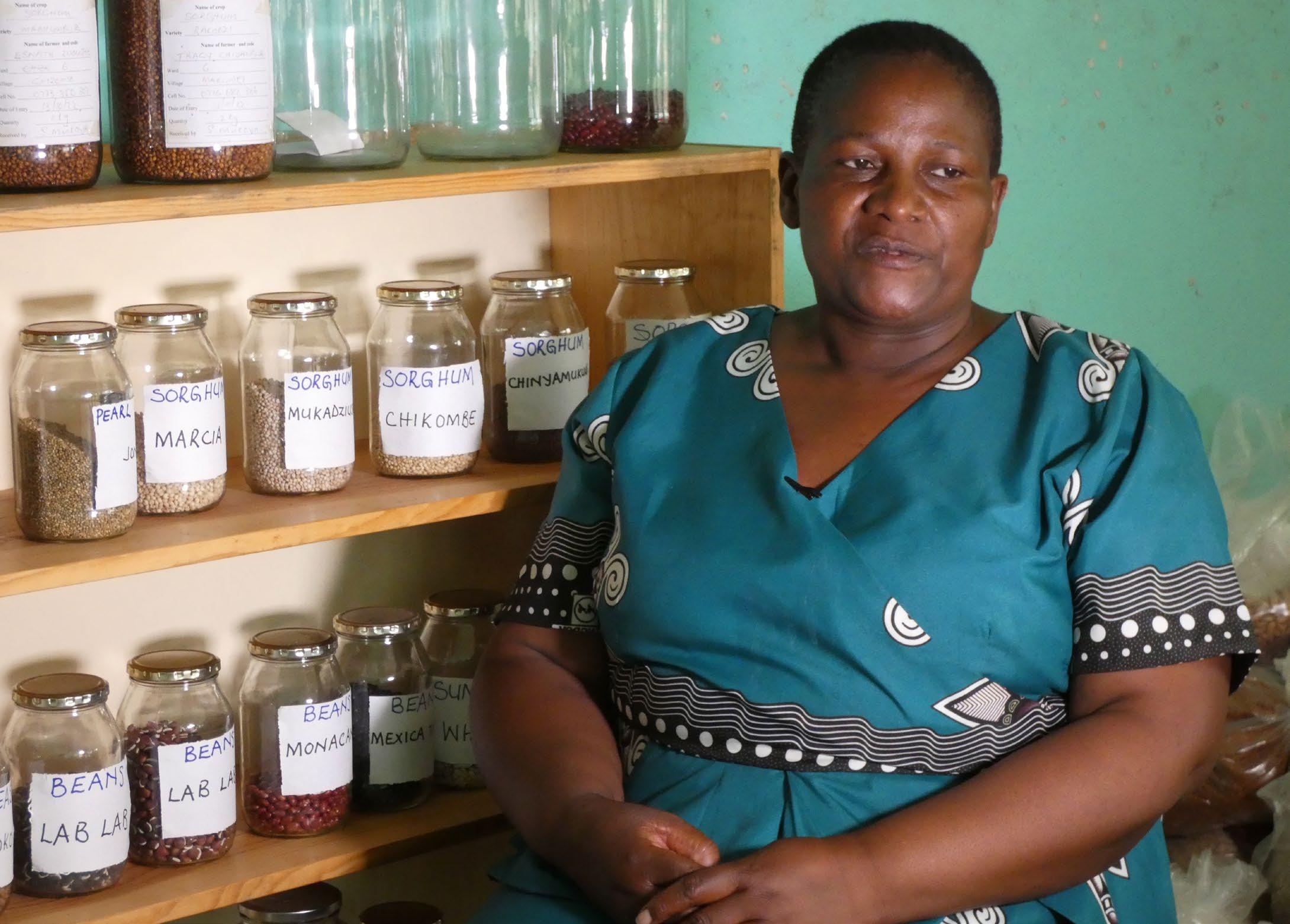
A Smallholder farmer is “a farmer or entity that produces (at primary, secondary, and tertiary levels) for household consumption and markets, therefore, farming is consciously undertaken in order to meet the needs of the household and derive a source of income. These are usually the new entrants aspiring to produce for the market at a profit with a maximum annual turnover ranging from R500 0001 and R1 million per annum.”

In terms of Regulation 3, a farmer included in Sub-regulation 2(a); namely, a household farmer (vulnerable), and (b); namely, a household farmer (subsistence) who produces protected varieties for the kinds of plants listed in regulation 6 and save on their holding, or exchange within their categories for propagating purposes the product of their harvest which they have obtained by planting on their own holding the propagating material of such protected varieties.
Both categories of household farmers are thus allowed to exchange seeds/propagating material with other household farmers within their categories. While we strongly support exchange, we do not support a restriction on local rural sale as these undermine the free rights of farmers to save, use, exchange, and sell their farm-saved seed or propagating material.
While the concept of private and non-commercial purposes is not defined in the PBR Act, it has been somewhat explained by how the categories of farmers have been outlined in the Regulations. For both categories of household farmers, the Regulations have departed from the UPOV 1991 narrow interpretation, namely, that it includes only the propagation of a variety by “a farmer and the dependents of the farmer living on that holding only” and excludes any forms of exchange and local rural trade of farm-saved seed of protected varieties.
Regulation 6 refers to a Table that lists categories of plants in one column that corresponds with the maximum seed produced per year per protected variety, in another column. This Table is reproduced below. As can be seen from this Table, many categories of plants vital to ensure food and livelihood security have been omitted, including rice, barley, rye, peas, fava beans, carrots, yams, lentils, grass forages, and so forth. This means that the exceptions to breeders’ rights do not apply to these categories of plants at all, as they are out of the scope of such exceptions. South Africa’s Plant Breeders’ Rights Laws






Categories of plants
Category A: Agricultural and vegetable crops
Allium cepaL. (Onion) 100g
Arachis hypogea L. (Groundnut) 50kg
Avena sativa L. (Oats) 50Kg
Brassica oleracea L. convar. capitata (L.) Alef. (Cabbage) 1,000g
Citrullus lanatus (Thunb.) Matsum. & Nakai (Watermelon) 150g
Colocasia esculenta (L.) Schott (Taro, Amadumbe)
50,000 tubers
Cucumis melo L. (Sweet melon) 100g
Cucurbita maxima Duchesne (Pumpkin) 100g
Cucurbita moschata Duchesne (Squash, Butternut) 100g
Cucurbita pepo L. (Squash, Zucchini, Vegetable marrow) 100g
Eleusine corocana (L.) Gaertn. (Finger millet) 10kg
Glycine max (L.) Merr. (conventional Soy bean) 40kg
Helianthus annuus L. (Sunflower) 3kg
Ipomoea batatas (L.) Lam (Sweet potato)
25,000 tubers
Lagenaria siceraria (Molina) Standl. (Calabash) 100g
Manihot esculenta Crantz (Cassava)
25,000 tubers
Pennisetum glaucum (L.) R.BR. (Pearl millet) 15kg
Phaseolus vulgaris L. (Garden bean) 15,000g
Solanum lycopersicum L. (Tomato) 100g
Solanum tuberosum L. (Potato) 25,000 tubers
Sorghum bicolor (L.) Moench subsp. bicolor. (Sorghum) 20kg
Triticum aestivum L. subsp. aestivum. (Wheat) 25kg
Triticum turgidum L. subsp. durum (Desf.) van Slageren. (Durum wheat) 25kg
Vigna radiata (L.) Wilczek (Mungbean) 25kg
Vigna subterranea (L.)Verdc. (Jungo beans) 25kg
Vigna unguiculata L. Walp. (Cowpea) 25kg
Zea Mays L. (Conventional white and yellow Maize) 12kg
Zea mays L. var. saccharata (Sturtev.) L.H.Bailey (Sweet Corn) 1kg
Category B: Fruit crops
All species as reflected in the Plant Breeders’ Rights register maintained in terms of the section 4 of the Act. 05 per kind
Source: Plant Breeders’ Rights Act, No. 6302, 13 June 20253
3 https://www.gov.za/sites/default/files/gcis_document/202506/528506302.pdf
A farmer included in sub regulation 2(c) is; namely, a small scale farmer, who produces quantities of protected varieties for the kinds of plants listed in regulation 6 and saves for propagation purposes, on their own holding, the product of their harvest, which they have obtained by planting on their own holding the protected variety of the kind of plant listed in Regulation 6.
For this category of farmers, namely small-scale farmers with an annual turnover of between R50 000 and R1 million, they may not exchange or sell propagating material of protected varieties. This is grossly unfair as small-scale farmers, by definition, do not produce huge volumes of seed or crops for that matter. Turnover can be verified from tax submissions and registration on government farmer databases to allay fears by the seed industry of potential abuse, as commercial enterprises will mostly be registered. It will thus be grossly unfair to impose restrictions on a whole category of farmers simply because there are fears that a handful may escape through the cracks, since what is at stake here is an issue of national importance, namely, the development of black smallholder producers.
It must be noted that the exceptions in Section 10 (1)(d) of the Act do not apply to a farmer referred to in sub regulation 2(d), (e) and (f); namely, a medium scale commercial farmer, a large scale commercial farmer and a Megacorporate farmer, protected varieties of ornamental plants, and any protected varieties of any kind of plant not listed in Regulation 6.
Sub-regulation 3(c) makes provisions for what will happen when a farmer produces quantities of protected varieties for the kinds of plants listed in Regulation 6 exceeding the prescribed quantities. Essentially, the farmer would have to notify the breeder and pay the breeder royalties.
We continue to object to the triple restriction – first on the farmer category, and then also on which crops the exception applies to, and then also on volumes produced. During stakeholder consultations held in both Pretoria and Cape Town that the ACB attended during 2024, we were taken aback by the zeal expressed by the seed industry to dramatically reduce even the quantity restrictions that have been proposed in draft Regulations, misplaced as these restrictions are. During these consultation processes and, in particular, the small breakaway groups that focused on categories of plants to be exempt, it was not clarified that such quantity restrictions refer only to material that will be used for propagation, rather than the entire harvest. In any event, we vehemently oppose restrictions on volumes, as they will undermine the ability of homestead and smallholder farmers to increase their yields and to secure local food security. To add insult to injury, many plant categories have been excluded from the list.
We are astounded by the imposition of difficulties on homestead and smallholder farmers since the category or categories of farmers that Section 10 requires the Minister to prescribe already create a restriction. Further, providing for smallholder farmers as a category, where the turnover is R1 million, is already a restriction and cannot be said to be in contravention of Section 10 of the Act.
Infringement of a PBR is now a criminal offence. A person convicted of such an offence will be liable to a fine infringement for a period not exceeding 10 years, or both such fine and imprisonment. The Magistrates’ Court has jurisdiction to impose the penalty. The Registrar of PBRs may obtain a warrant (issued by a Magistrate) to inspect any premises where there is suspicion of infringement of a PBR.

During the inspection, the Registrar may take samples and seize plants, propagating material, substances, books, and records.4 Astonishingly, exceeding the narrow limits of the exceptions to breeders’ rights is criminalised on the one hand, and on the other, private commercial rights are afforded this latitude of legal protection, including the enlistment of SA’s already overburdened and strained criminal justice system.
We are extremely disappointed by the inequity and injustices inherent in both the PBR Act and its Regulations, and specifically in their restricting farmers’ rights to seed and their rights to save, use, exchange, and sell seeds, including those from protected varieties. In SA, there are marginalised FMSS, made up of a large assembly of micro- or smallholder farmers who produce on the periphery, mainly to supplement household food supplies, based on farm-saved and -exchanged seed. Despite their marginalisation, smallholder farmers play a vital role in the conservation and development of agricultural biodiversity, food production, and consumption. However, farmer systems are not recognised, protected, supported, or strengthened in policies, laws, or programmes. They do not receive financial, institutional, or political support. The encroachment of seed laws such as the PBR Act and its Regulations is dismissive of FMSS, as they hugely restrict farmer seed systems from operating. This will affect rural lives and livelihoods considerably, as well as farmers’ ability to innovate and contribute to the development and maintenance of diversity. These laws also disappointingly lock out any possibilities for new discourses, processes, and frameworks that recognise, protect, strengthen, and support FMSS, to flourish.

